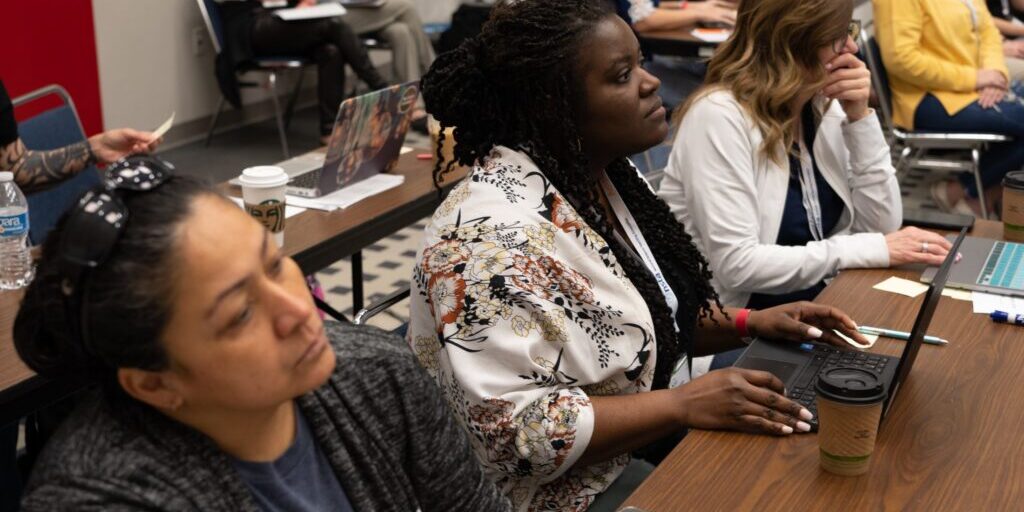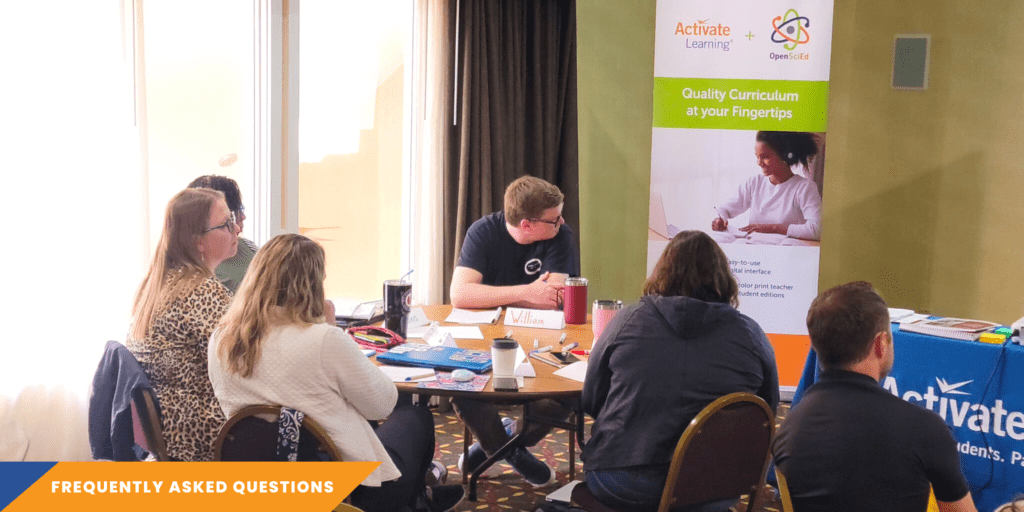Free Science Teaching Resources: Astronomy and James Webb Space Telescope Lessons
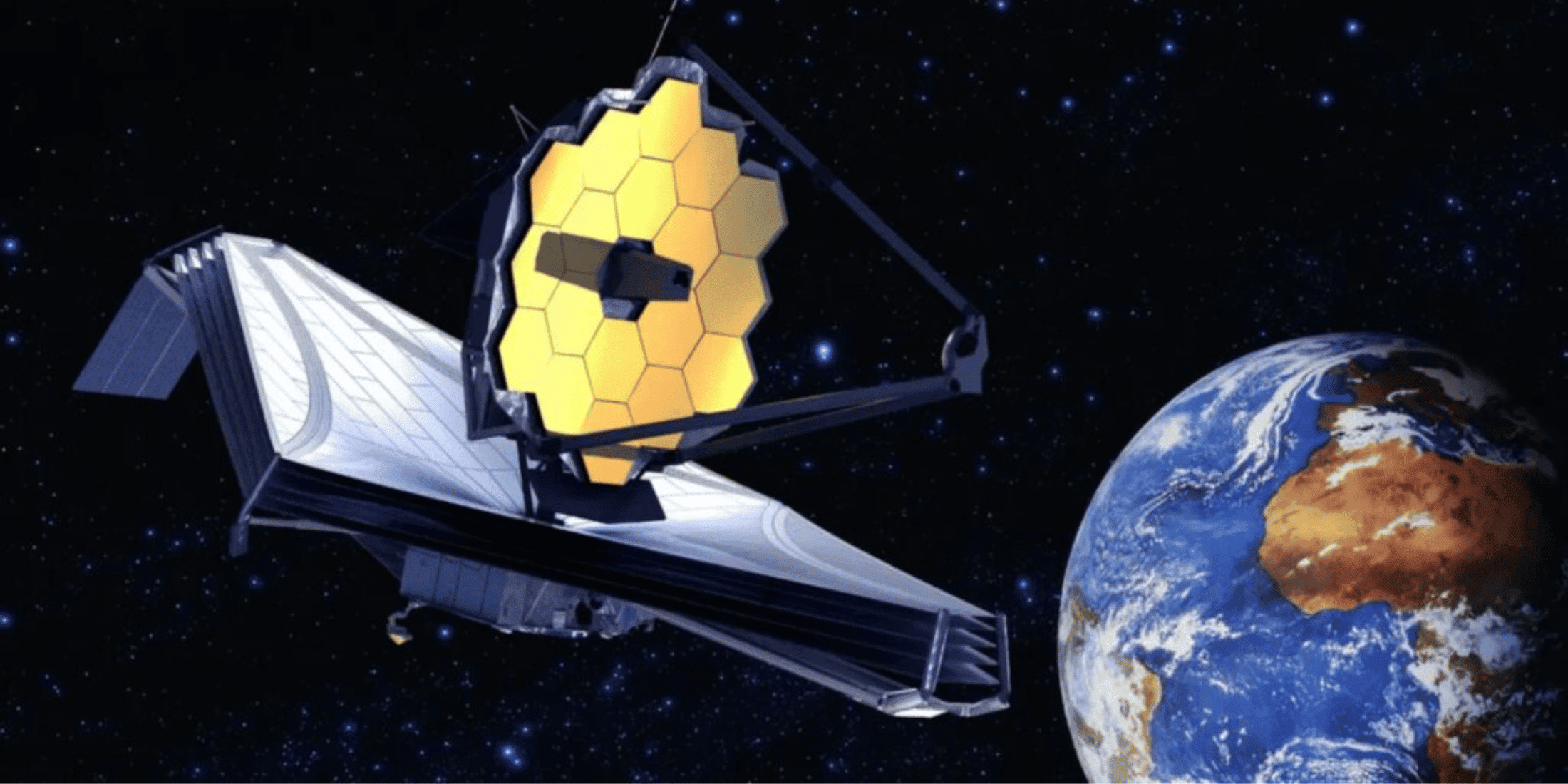
Download the Free Poster and James Webb Space Telescope Lessons
Over the next 50 years, thousands of people will travel to Earth orbit-and then, to the moon and beyond. Space travel-and space tourism-will one day become almost as commonplace as flying to exotic destinations on our own planet.” -Arthur C. Clarke (2007)
Just a few months ago, NASA released the very first images from the James Webb Telescope and reignited the global conversation on space science. This telescope is the most powerful one that humans have ever built and the images that were captured are simply breathtaking (you can see them here). For many young students – these next-generation images are their first encounter with telescopic science and and they have certainly ignited their curiosity about what the future of space could be.
It’s in moments like this that inspiration strikes and the next generation of space science practitioners are born. The excitement is contagious. In this post we explore how teachers can prepare students for space science careers and to share a brand new teaching resource that we’ve launched to help teachers engage students in space science.
Preparing Students for Space Science Careers of the Future
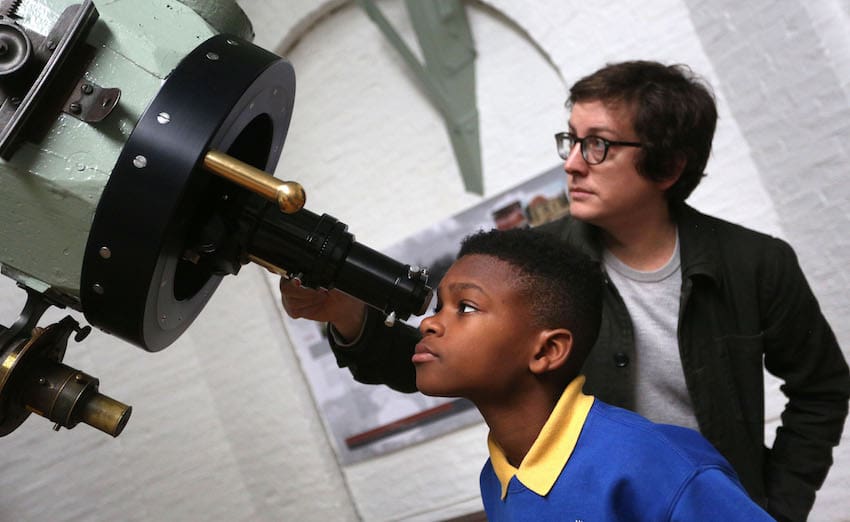
[Photo Credit: Cambridge Launchpad UK]
There’s a tendency within the educational system to stick to tried-and-tested curriculums because “that’s how it’s always been done.” But science is always evolving and if we are to prepare students for the reality of the world they are inheriting, we need to change how we have traditionally taught science and embrace cutting-edge teaching methods to continuously engage students.
In a recent post (Why Teachers Should Include Emerging Science in STEM Learning), we discussed how many of the jobs of the future are going to be in emerging science fields like exo-meteorology, quantum biology, and cliodynamics, to name a few. Although space science has been around and thriving for over fifty years, recent technology innovations are pushing the boundaries of space science now more than ever! And, because of advances in science and technology, researchers are designing experiments differently and tackling ever-more complex questions relating to data, discovery, and colonization. As a result, a vast spectrum of space-related jobs and careers (in an industry worth U.S. $414.75 billion) will emerge over the next decade (Industry Insight: Space Jobs of the Future).
Now is the time for educators to prepare students for this exciting future and to integrate a deeper learning of space science. The best way to prepare students for future space science careers is to use instructional materials that are aligned with The Next Generation Science Standards (NGSS) which teaches them problem-solving and critical thinking, and brings real world science practices into the classroom.
The James Webb Telescope offers educators a great opportunity to engage students in the future of space science. Instead of merely showing students the images and having them learn rote, science facts about the telescope, teachers can encourage students to think about what the new images represent, how they were captured, and what they can mean for the future of our civilization as we aim to understand the universe. Are we asking the right questions when analyzing these images? How are these images challenging our current assumptions about our reality and ourselves? How will these images change how we explore space in the future?
This cosmic perspective is powerful and captures the imaginations of students. With the right tools, like NGSS-aligned curriculum, teachers can nurture and encourage this nascent enthusiasm and show students that careers in space science are attainable for them. There are a wide range of great resources on preparing students for space science careers. The Smithsonian Science Education Centre has a great resource here, Space Talent wrote a wonderful guide here, and Florida Tech lays out the spectrum of potential space science careers here. NASA has an online hub for students grades 5-8 exploring careers at NASA here.
We’re delighted to see these resources making their way into the public zeitgeist because it gives educators the support they need to bring space science to life in a way that resonates with our young people and makes them want to consider space science as a career.
When it comes to the future of space science and students exploring their role in defining the cosmos, the sky is not the limit!
Free Astronomy and James Webb Space Telescope Lessons

Here at Activate Learning, we have been empowering teachers to bring the wonder of space science to students for many years through our popular, NGSS-aligned curriculum, like EarthComm (a full-year Earth and Space System Science curriculum developed by the American Geosciences Institute). So naturally, we were excited to develop additional teaching resources & space telescope lessons that will help educators everywhere to introduce important foundational concepts about our universe with students using the James Webb Telescope images.
Our new, NGSS-aligned, Astronomy and James Webb Space Telescope Lessons are FREE, flexible, and include versions for elementary school, middle school, and high school covering foundational topics such as How Did the Universe Begin?, How Big Is the Universe?, and How Did the Universe Form?
These free space telescope lessons provide the perfect supporting materials for you to bring the magic of the James Webb Telescope into your classroom and to engage students in discourse on the future of work in space science.
Here’s to supporting the next generation of space science professionals who propel us deeper into space than we have ever been before!
Download the free James Webb space telescope lessons and poster below



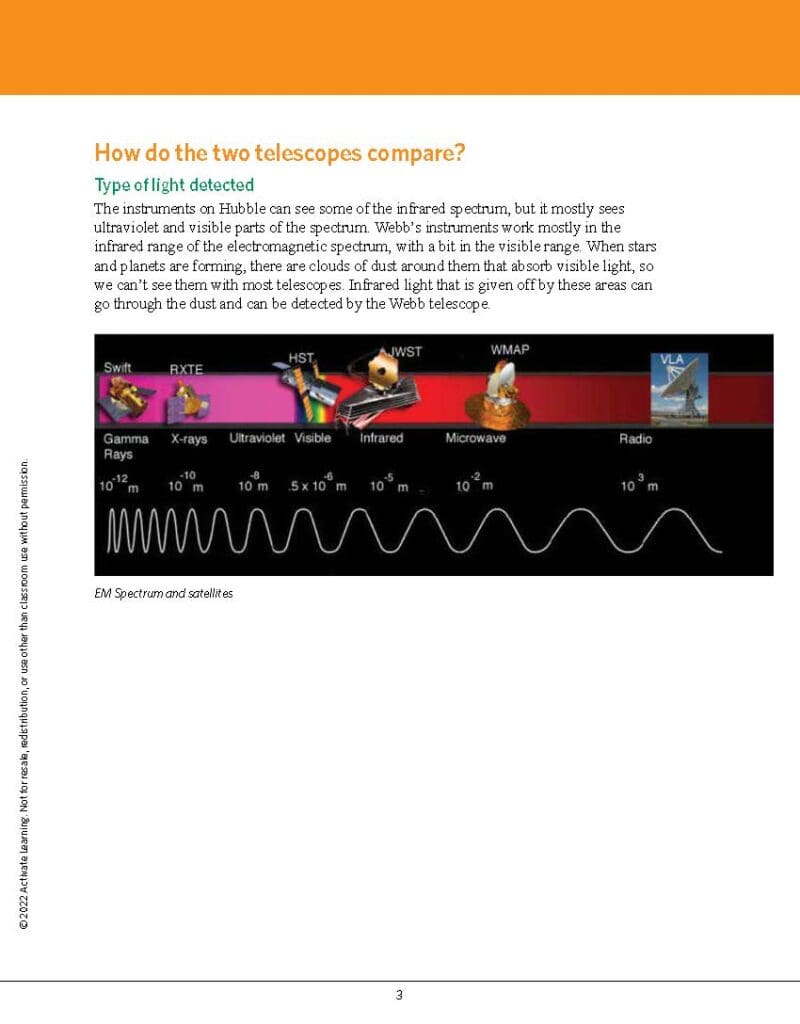
* * * * *



